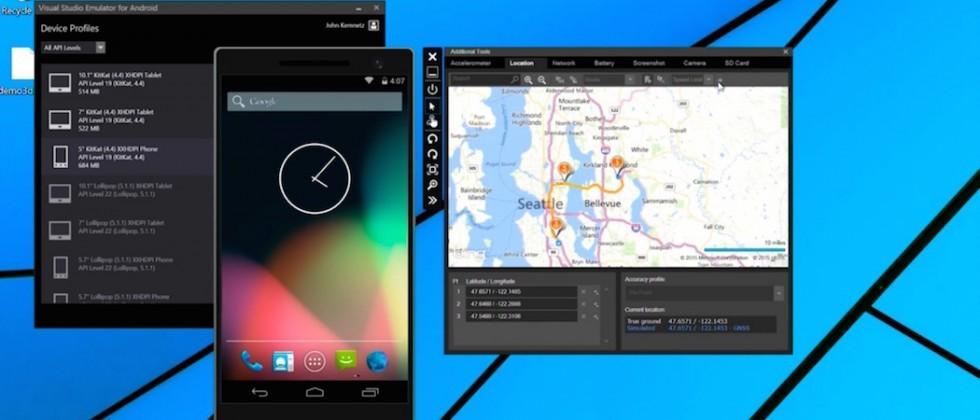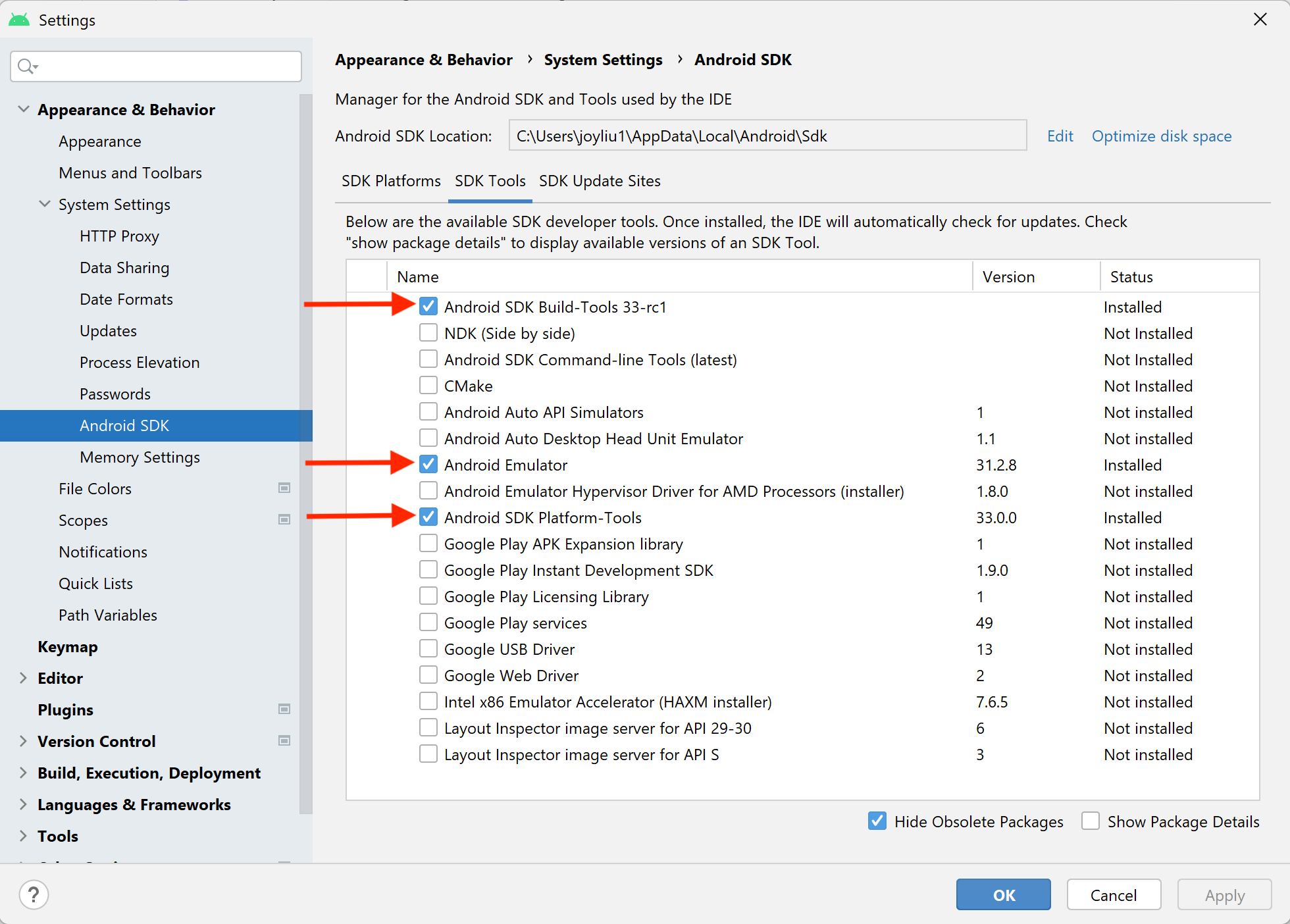

You can set up and configure your Android devices virtually with the help of AVD Administrator. You’ll arrive at the Android Virtual Device (AVD) Manager once you’re completed with the installation: Note: AVD Manager You’ll need the Intel hypervisor version 7.2.0 which we stated above for this reason.īased on your CPU family, Windows and Linux users will need additional components: Intel: support for Intel VT x and Intel EM64 T (Intel 64), executive disable (XD) bit features.ĪMD (Linux): SIMD extensions package 3. The simulator will allow you to speed up hardware (to speed up the performance of simulated devices).
#Duos mac emulator 720p
You need a camera that can record 720p videos if you want to work on Android 8.1 or higher.
#Duos mac emulator update
You’ll require SDK update 26.1.1 or higher and a 64 or 86-bit PC / Laptop to work with an Android emulator. This is a short step forward: Hardware Requirements You can configure the Android emulator easily. To update, please check the box and press OK.
#Duos mac emulator install
You’ll find an Android Emulator within this screen in the SDK Tools tab to install it from your Android Developer Studio console in Configure-> SDK Manager-> Android SDK. The Android Emulator is distributed independently of Android SDK software since the release of version 25.3.0. Here’s a fast introduction to Android’s increasingly powerful emulator.Īlso Read: Activate Youtube via /activate Android Emulator (by Android Developer Studio)

The Android emulator will run simulated machines at speeds close to those of your CPU workstation with hardware acceleration. If your CPU supports this, you need the Android emulator to allow or disable a hypervisor to speed up the performance of the virtual computer. X86 Android ABIs are available now for the support of hardware acceleration on most computers. KVM (Virtual Machine-based Kernel) for Linux is available.

Intel’s HAXM is a hypervisor for Windows and macOS. This is called virtualization allowed by the hardware.

If the host and the guest systems are similarly told (i.e., x86 Android and x86 Intel machine images), QEMU shifts from the “binary traduction” portion and starts running the guest device directly on the host CPU. Prior to 2017, the emulator for Android Developer Studio had to transfer the ARM architecture of Android in order to match the Intel / AMD architecture used in common PCs.ĭeveloper Studio upgraded the simulator to allow virtualizing that is supported by hardware with version 25.3.0. Don’t Miss: Android x86 for PC Hypervisors


 0 kommentar(er)
0 kommentar(er)
